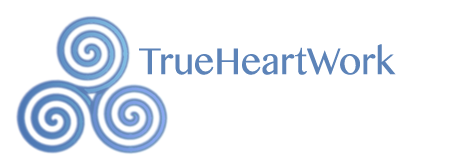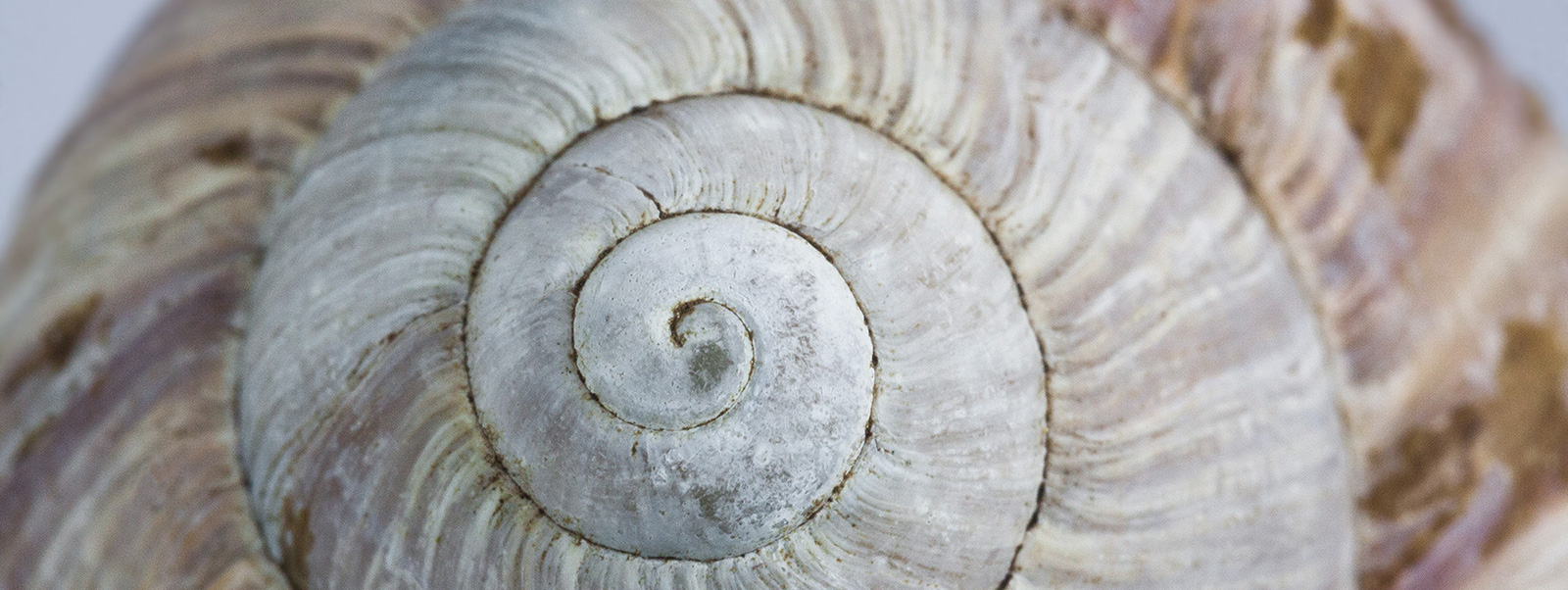Astrology 101, Part 2: The Angles
In Part 1 of the Astrology Primer, we introduced the horoscope as a map of the sky at a particular place and time. This time we introduce the angles, again using Marilyn Monroe’s chart to illustrate. The angles are the four “cardinal” points of the horoscope, the celestial North, South, East and West.
The Horizon: where earth and sky meet
If you stand out under the stars for a while, you’ll very soon become aware that the stars of the Zodiac and planets rise, move from east to west and finally set. Where these bodies rise and set is on the horizon, and its importance in astrology springs from the symbolism of this rising and setting. In a horoscope, the horizon is shown as a horizontal line across the centre of the wheel with an arrow on the left pointing east. That’s the Ascendant, and the sign on the ascendant is known as the Rising Sign. The Sun, Moon and ascendant comprise the three most important points in the horoscope and often allow you to get a quick entry into the meaning of a chart.
 Let’s use this method to look at Marilyn’s chart again.
Let’s use this method to look at Marilyn’s chart again.
- Leo ascendant: The bright, shining movie star
- Sun in Gemini: Talkative, humorous, inquisitive
- Moon in Aquarius: Somewhat cut off from her emotions
The ascendant is interpreted as the face that the person shows the world. Marilyn was very clearly seen as a queen, her screen presence that of a brightly shining star, as shown by Leo, the lion, rising. Even today, more than 40 years since her death, she continues to have pop idol status, a level of fame that would satisfy even the most attention-demanding Leo. Often, of course, the face you show the world is not your true self, but rather a mask you hide behind. And Marilyn, as we all know, was deeply vulnerable as well.
The Sun stands for the person’s identity – how they shine in the fullness of their being. Marilyn’s identity is represented by Gemini, associated with versatile, talkative, sociable and inquisitive personalities. We see this in Marilyn, especially in the comedy film roles she played, but, as we’ll explain a little later in the series, Marilyn found it difficult to fully live up to the true meaning of this Gemini identity. For Gemini is not about just talking; it’s really about communicating. Not inquisitiveness but really a quest for the other half of the story – the signs that will lead back to the lost Twin. Marilyn tended to lean towards the more negative expression of Gemini: for example, she was notoriously unreliable, often turning up late on set.
Finally, the Moon stands for the emotional, reactive part of the psyche. Aquarius, however, is an airy, intellectual sign, and a person with a Moon here often has difficulty in accessing their emotions directly or distrusts their own and others’ emotions as irrational or unpredictable. The Moon also represents the way that mother is viewed; and Marilyn’s mother was far from a stable influence in her child’s life, eventually suffering a nervous breakdown, leaving Marilyn to be declared a ward of state and to grow up in a succession of orphanages and foster homes.
The opposite end of the horizon line is called the Descendant; it’s the setting point for all the planets and signs. While the ascendant represents the part of ourselves that we most likely display to the world, the descendant is the part of which we are most unconscious. In many cases, of course, we then project it out onto our partners in relationships and it is in this unconscious sense that the descendant often shows the type of partner we attract into our life. In Marilyn’s case, her descendant is, like her Moon, in Aquarius, showing the men she attracted – men who were largely incapable of giving her the emotional support she needed. Her first marriage, at the age of sixteen, was arranged to ensure she wouldn’t have to return to an orphanage. Joe DiMaggio, her second husband, was reputed to have been jealous of the sexual attention she received; they divorced within a year of marrying. Her third marriage to playwright, Arthur Miller, lasted less than five years, and seemed to provide little emotional support for her.
Together, the ascendant and descendant form the personal axis of the chart, running from who we declare ourselves to be in the eyes of the world to the part of ourselves with which we are least comfortable and tend to project on significant others in our lives. This axis also divides the chart in two. Above the axis lies the visible sky at that time and place; from a psychological view, we can be objective about the characteristics represented by the signs and planets lying above the horizon and this part of our psyche is visible to and shared with the world at large. Anything below this axis is invisible in the sky and is thus hidden, internalised and subjective. Somebody with a preponderance of planets above the horizon tends to be more influenced by external events and wants to be more out in the world, than somebody whose planets hide below the horizon. For the latter type, the inner, subjective world is where they live and growth comes through solitude, introspection or meditation.
Next up: The remaining two angles.



